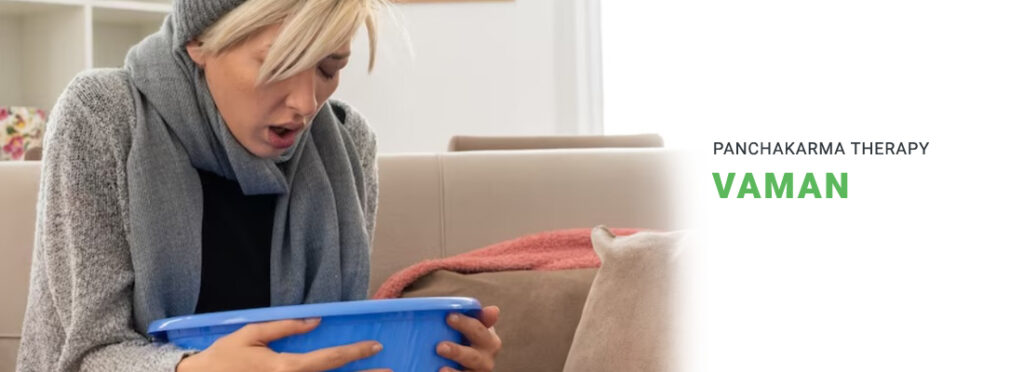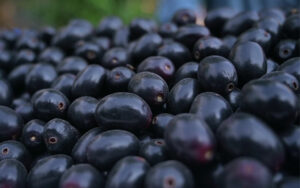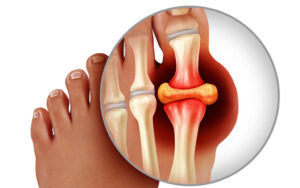
Vamana or Emesis
Vamana Chikitsa, or Emesis Therapy, involves controlled, medically-induced vomiting. It is aimed to eliminate excess Kapha Dosha in the body, which dislodges the toxins mainly from the respiratory and gastrointestinal tract.
When there is imbalance of Kapha dosha in body this Ayurvedic treatment is therapeutic vomiting, vamana, to eliminate the toxins along with Ama (root of all disease). In this treatment the patient is made to vomit all the vitiated contents from the stomach, in order to cleanse the body.
Ayurveda believes that the seasonal changes will influence the biological systems resulting into the accumulation and aggravation of particular Dosha in a particular season like accumulation and aggravation of Kapha in Hemant Rutu (winter season) and Vasant Rutu (spring season) respectively, accumulation and aggravation of Pitta in Varsha Rutu (rainy season) and Sharad Rutu (autumn season) respectively.
As a preventive measure, Vamana in is done in Vasanta ritu ~ spring season, approximately in the month of March and April for the elimination of vitiated Kapha Dosha which in turn helps to prevent the forth coming Kapha disorders and associated Pitta disorders.
Vamana Chikitsa has three main steps
- Step 1: Pre Procedure or Purvakarma
- Step 2: Main Procedure also called Pradhankarma
- Step 3: Post Procedure or Paschatkarma
Initially, the patient is given Purvakarma, or preparatory therapy. Both internal and external oleation are done with medicated ghee or oil and the patient is made to sweat intensely to bring out stimulated toxins from deeper tissues to the stomach.
Pradhanakarma, or main therapy, is given to expel excess Kapha from the body by giving medicine in the presence of Doctor. Various combination of medicine has been chosen depending on type of Dosas involved.
Paschatkarma, or rehabilitative treatment, is prescribed after Pradhanakarma. Fisrt the patient is advised to wash face with luke warm water and then administer medicinal fumes to be inhaled. The patient follows a special diet, avoids loud speech and exposure to sunlight, and takes adequate rest. Patient is advised not to supress natural urges after Vaman. Once the Vaman is done, the patient will feel instantly relieved. It is likely that congestion and all symptoms of particular disease.
When can we administer this procedure?
In cases like migraine, cough, dyspnea, diabetes, indigestion, anemia, and respiratory disorders, vamana can be administered.
When not to Give Vamana?
It is not advisable to give this treatment to children, the elderly, pregnant women, Old people or people suffering from tuberculosis or hepatitis.



